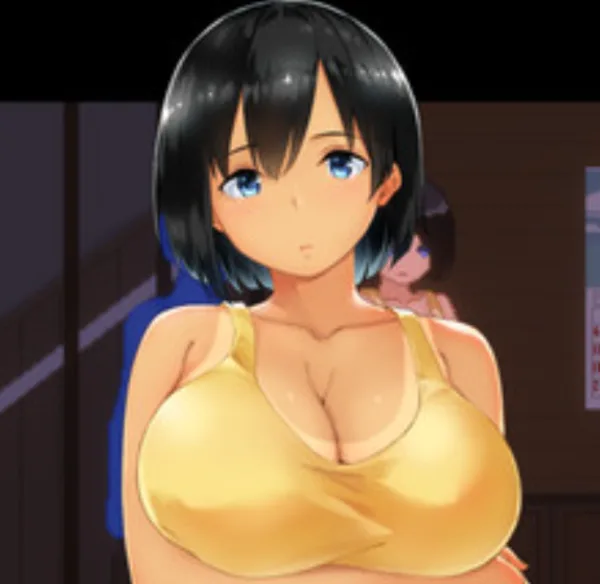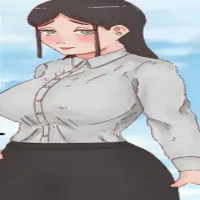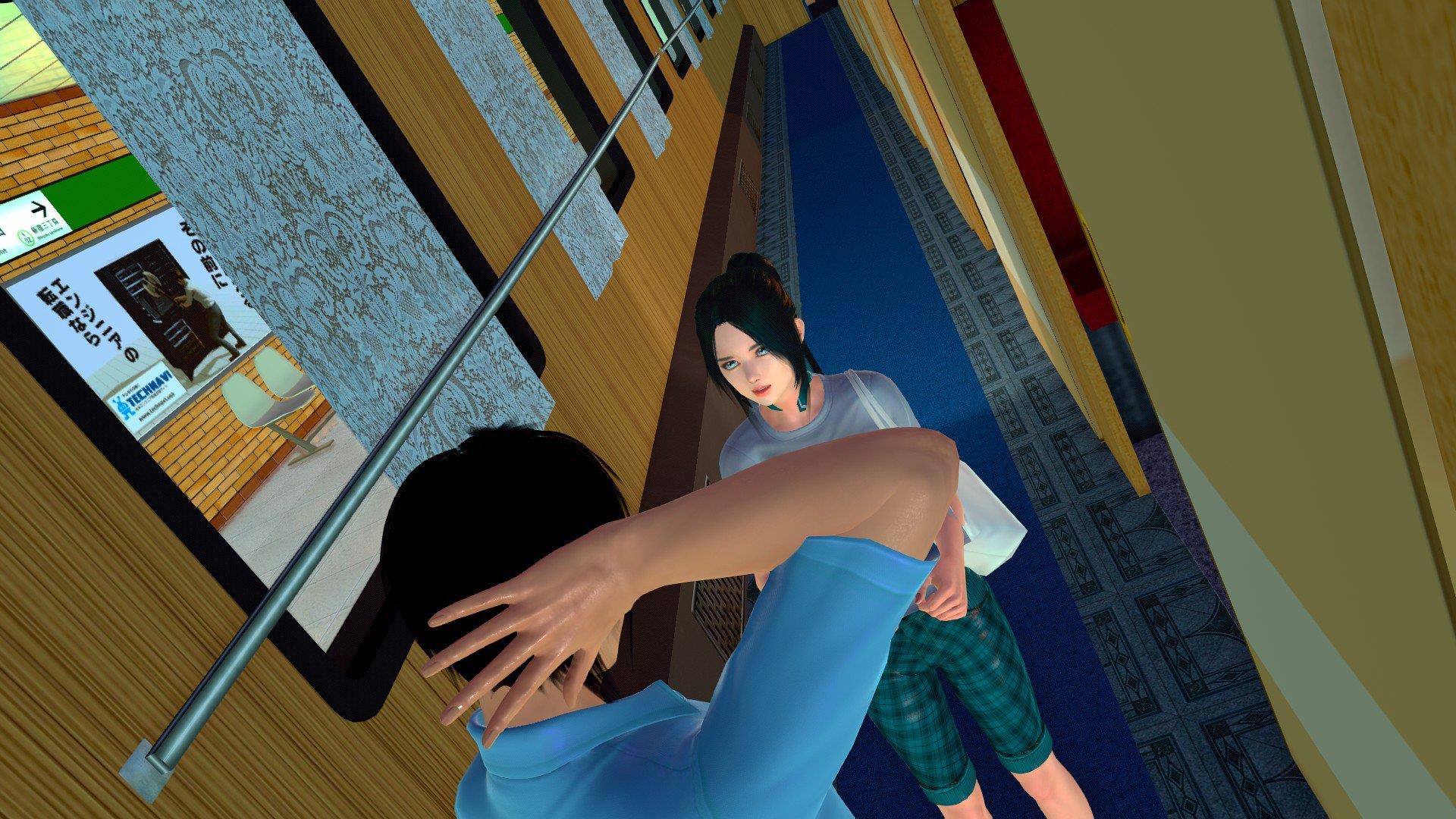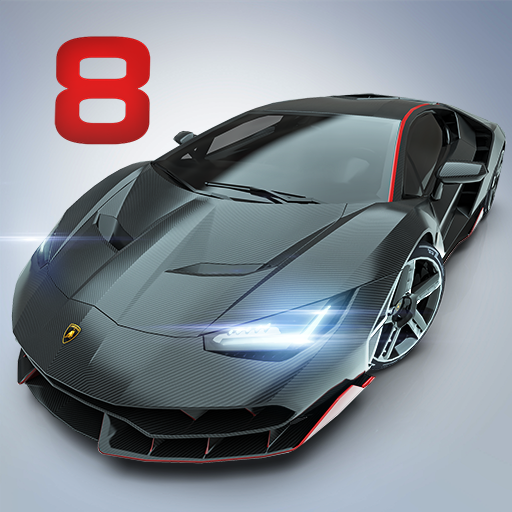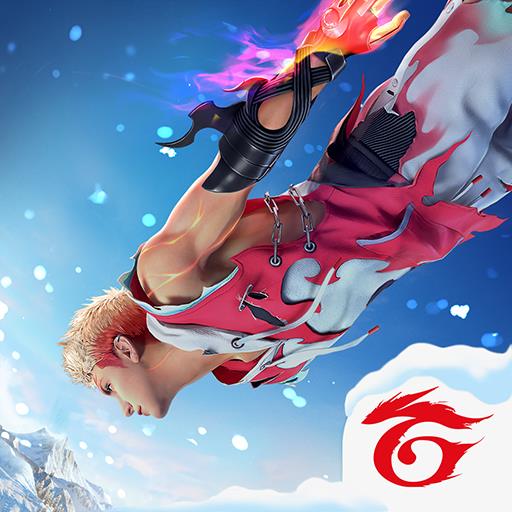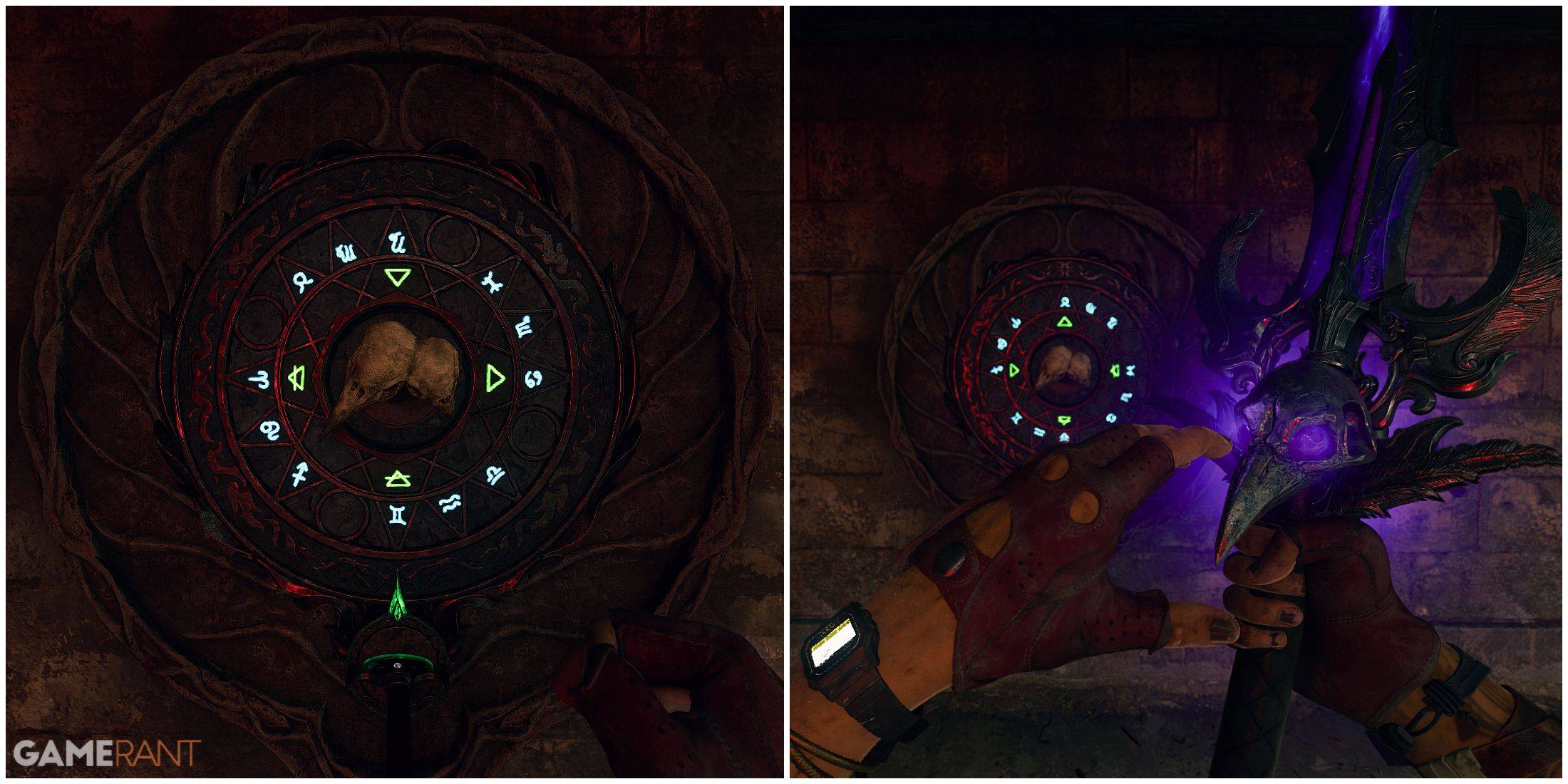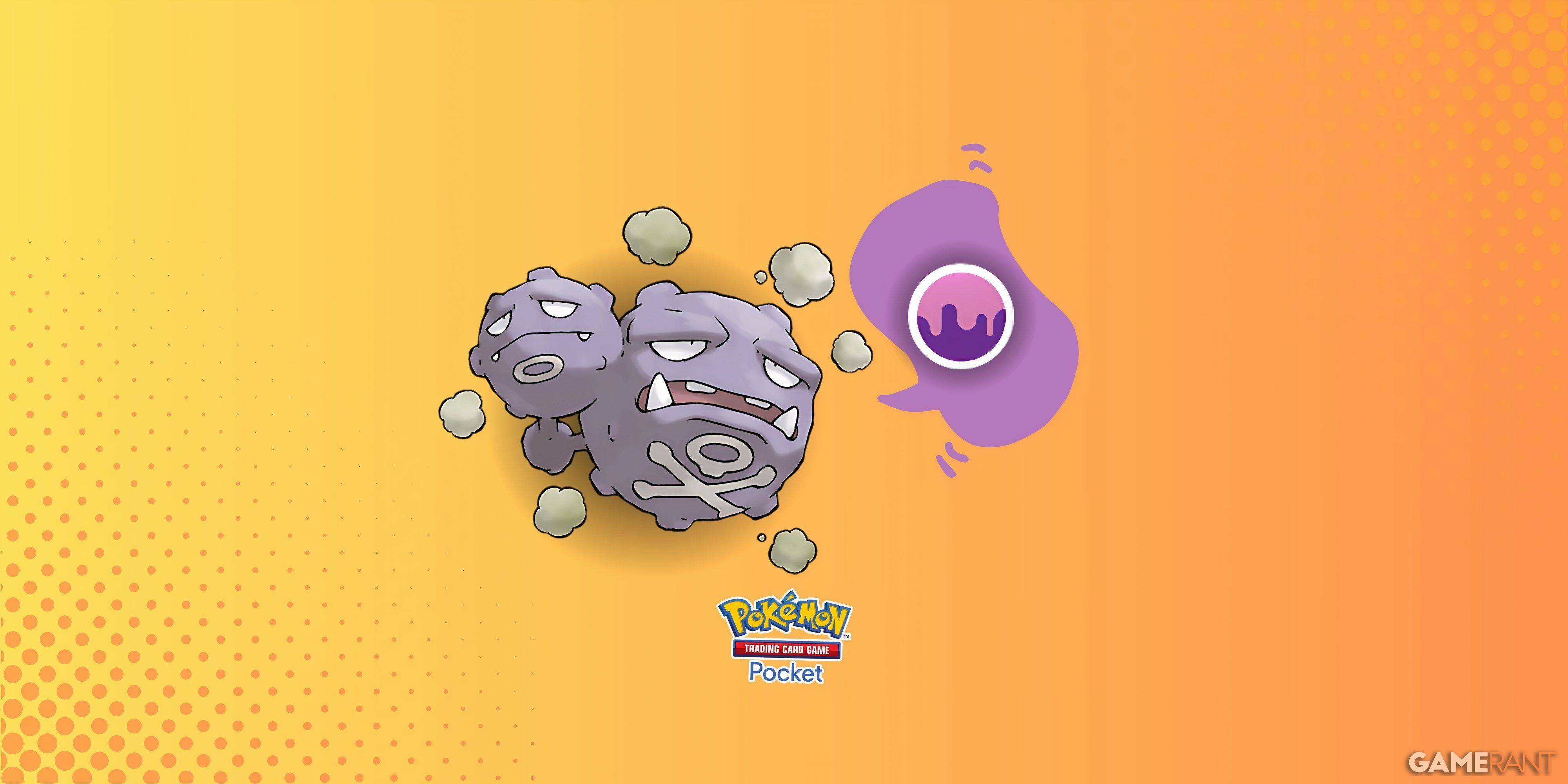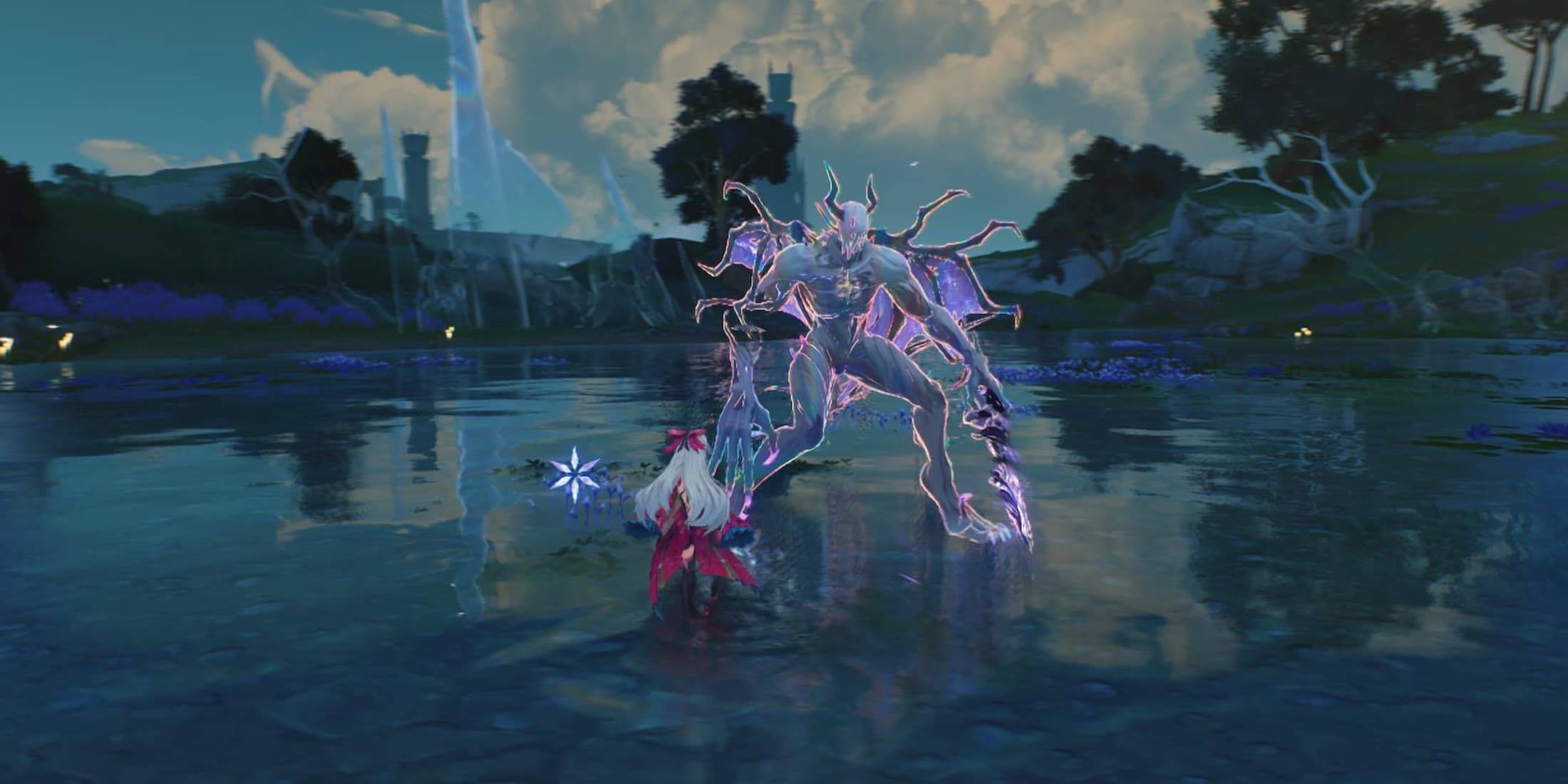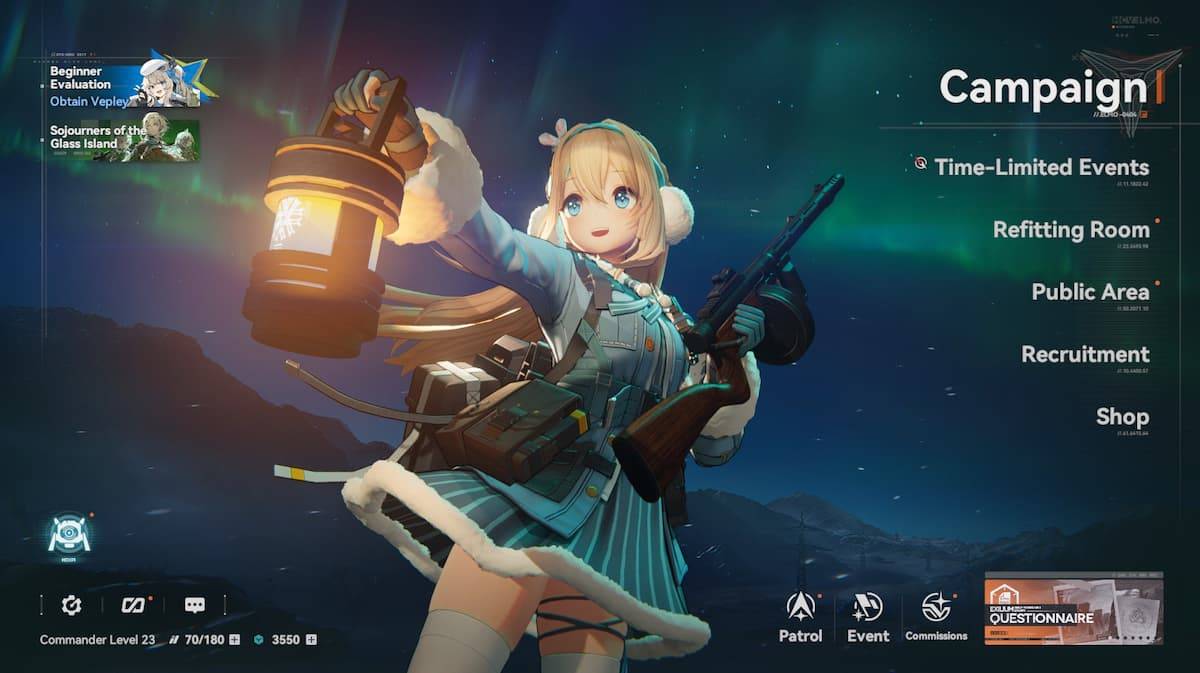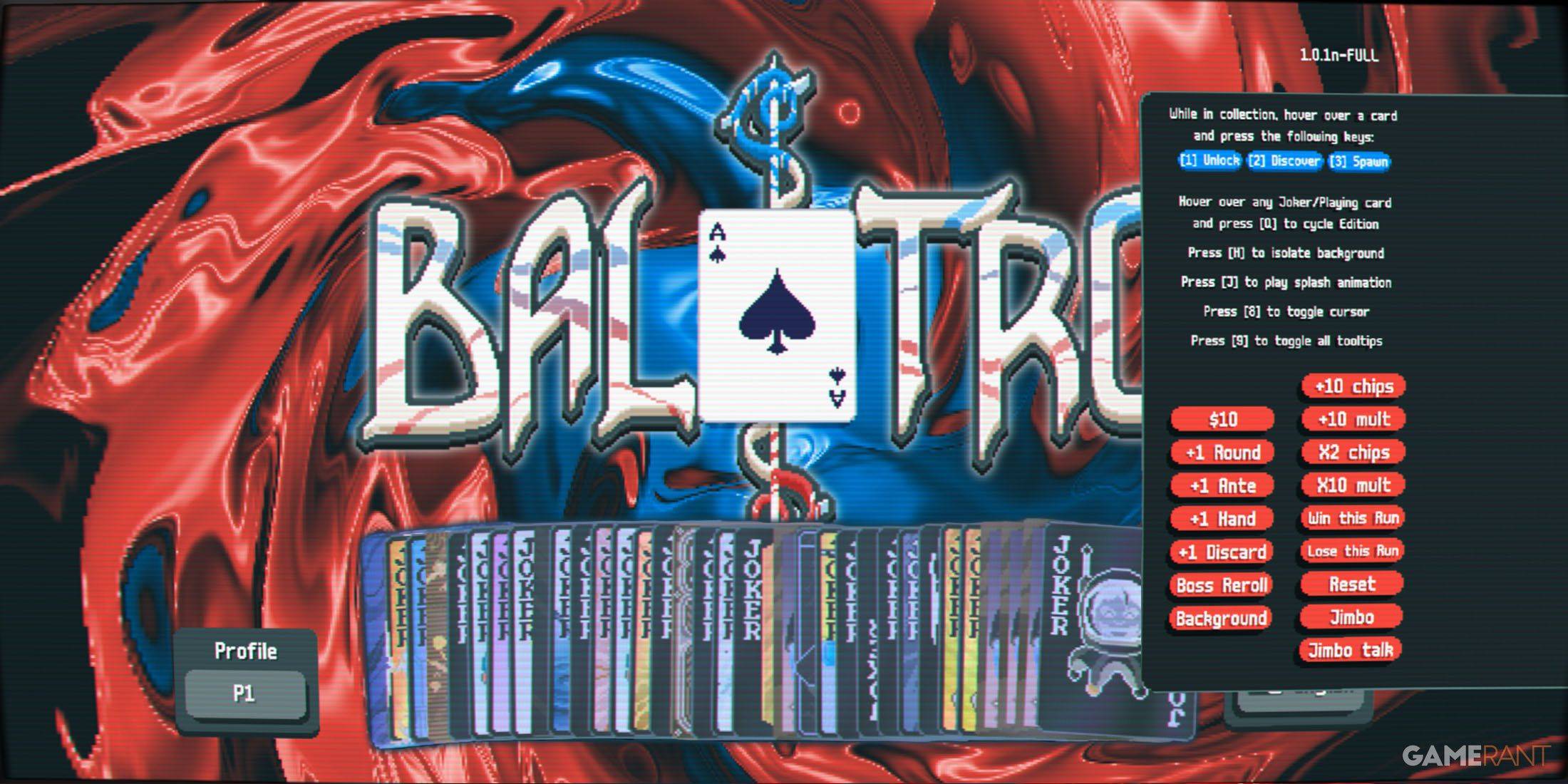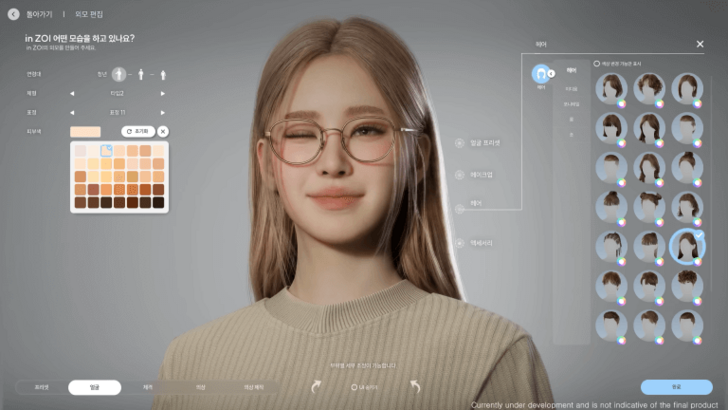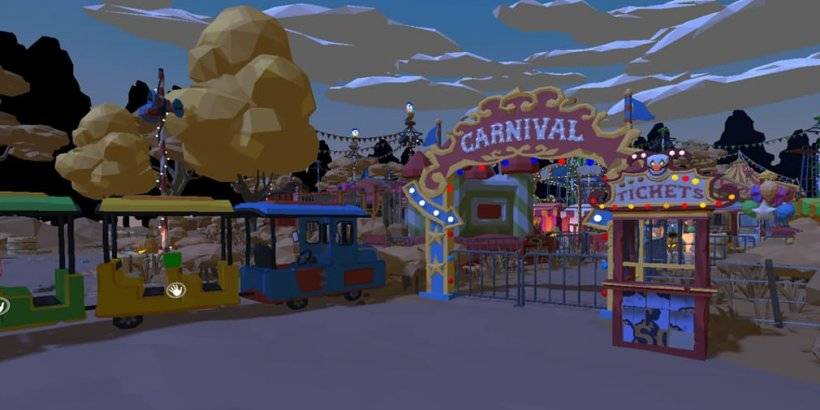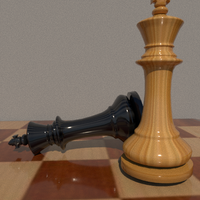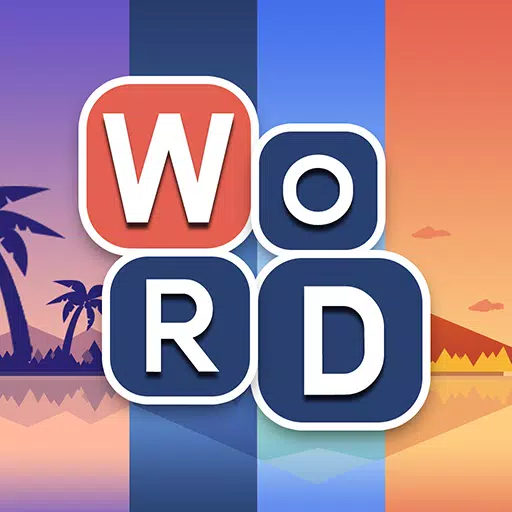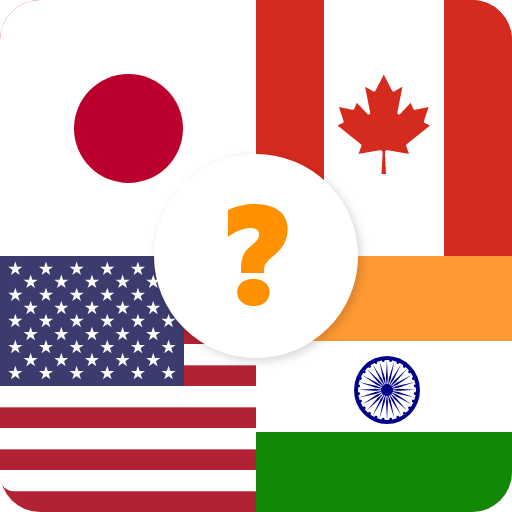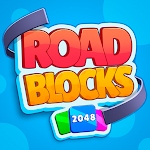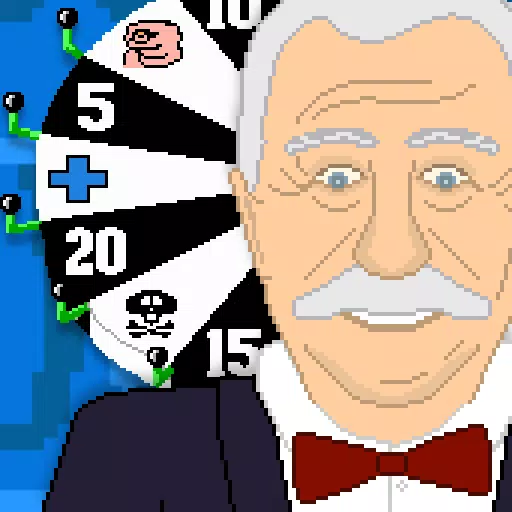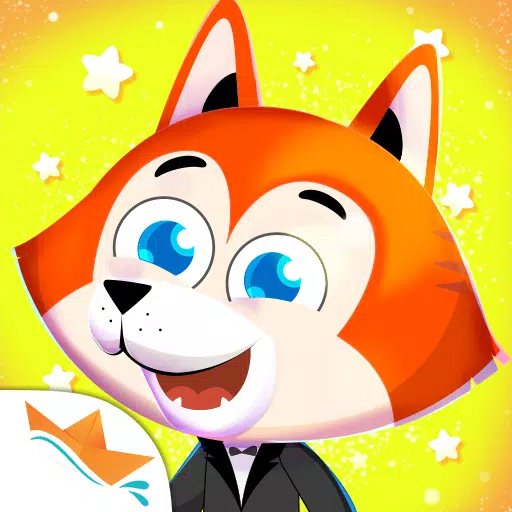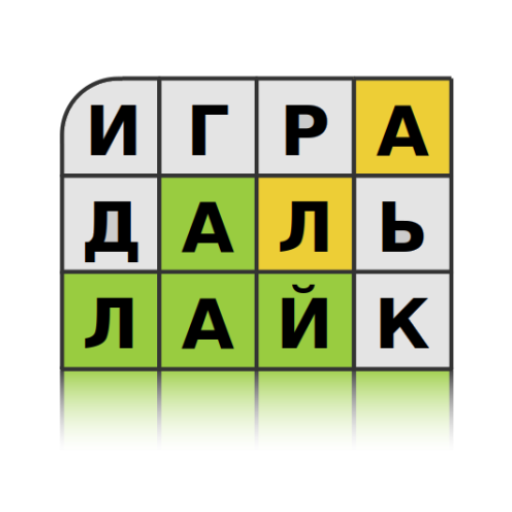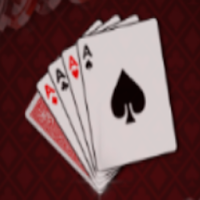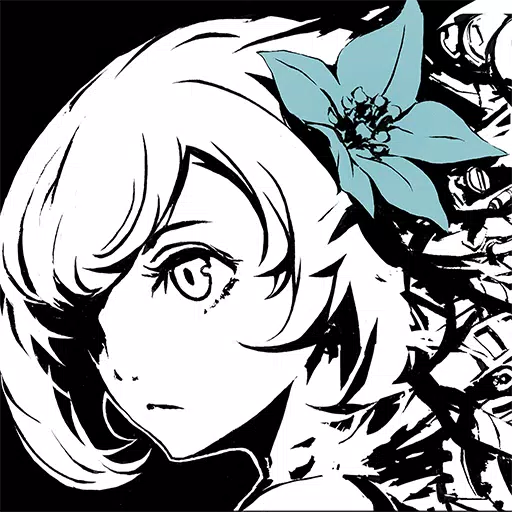Switch 2's Price: No Hindrance to Success
At the beginning of April, Nintendo unveiled the highly anticipated Switch 2 during their Direct presentation, which ended on a somewhat ominous note. The event showcased a plethora of exciting new features and a diverse lineup of upcoming games, but it conspicuously omitted one crucial detail—the price. It wasn't long before fans' fears of a substantial price increase were confirmed. Nintendo later disclosed on the newly-launched Switch 2 website that the console would retail for $449, marking a $150 jump from the original Switch's launch price of $299. This revelation was met with a mix of anger over the lack of transparency and panic regarding the potential impact on the console's market performance, especially following the announcement that the Switch 2's flagship launch title, Mario Kart World, would cost $80.
The announcement triggered waves of pessimism among some Nintendo fans, particularly those still reeling from the Wii U era. Concerns arose that the steep price of the Switch 2 could limit its appeal, potentially ushering in another challenging period for Nintendo. Critics questioned who would opt for a $450 console, which they argued was essentially last-generation technology, when alternatives like the PS5 or Xbox Series X were available at a similar cost. However, these fears were quickly dispelled when Bloomberg reported that the Switch 2 was poised to achieve the largest console launch in history, with projections estimating sales of 6-8 million units. This figure would surpass the previous record of 4.5 million units, held by both the PS4 and PS5, indicating a strong consumer demand for the Switch 2 despite its price.
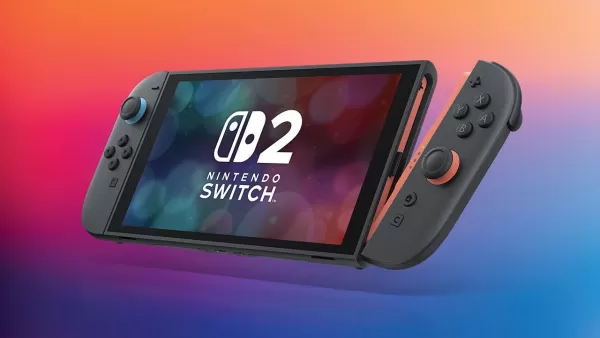
Although the Switch 2 comes with a hefty price tag, it aligns closely with the cost of its competitors. Looking back at Nintendo's history, the Virtual Boy—a failed venture into virtual reality—offers insights into why the Switch 2 is expected to succeed. Launched two decades ago, the Virtual Boy was Nintendo's initial foray into VR, but it was far from ready for the market. The device required users to hunch over a table to view games through a red-tinted viewport, and it was notorious for causing headaches. In stark contrast, the Switch 2 promises a more enjoyable experience akin to the Wii, which revolutionized gaming with its effective motion controls and broadened the gaming audience significantly.
The success of the original Switch, which seamlessly integrated handheld and console gaming, underscores Nintendo's ability to innovate successfully. The Switch 2 builds on this legacy by addressing the original's power limitations, even if it doesn't offer the same level of revolution. The concept of a hybrid console remains highly sought after, and the Switch 2 is poised to meet that demand.
The pricing strategy for the Switch 2 aligns with that of its competitors, reflecting the current market standard for flagship consoles. The Wii U's failure serves as a reminder that appealing hardware alone isn't enough; a strong lineup of games is crucial. The Wii U launched with New Super Mario Bros. U, a game that failed to refresh a formula that had become repetitive, contributing to the console's lackluster performance. In contrast, the Switch 2 not only inherits a robust library from its predecessor but also introduces new ways to experience these games, with graphical enhancements and additional content.
The launch title, Mario Kart World, breaks away from traditional Mario Kart gameplay by adopting an open-world format similar to Forza Horizon, offering a fresh experience that could entice players away from older titles like Mario Kart 8 Deluxe. Moreover, Nintendo plans to release the first 3D Donkey Kong game since 1999 shortly after the Switch 2's launch, and an exclusive FromSoft title reminiscent of Bloodborne in 2026. These offerings give consumers compelling reasons to invest in the new console.
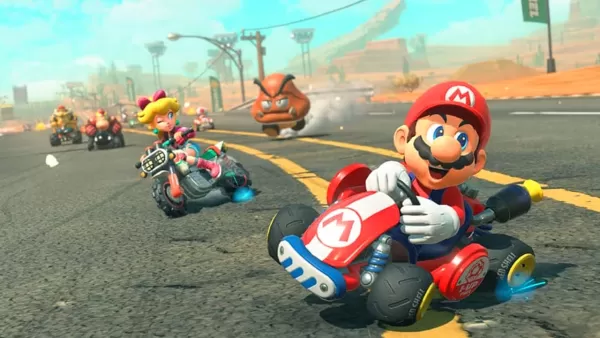
While the price of the Switch 2 at $449 may be considered a luxury, especially in the current economic climate, it is in line with the prices of competing consoles. The standard PS5 and the Xbox Series X both retail for around the same price, with the Switch 2's Mario Kart World bundle matching the PS5's $499. Although the Switch 2's hardware might not match the power of its competitors, its unique value proposition and extensive game library justify its cost.
Historical precedents like the PS3, which was priced at $499 to $600 upon release, highlight the potential pitfalls of high pricing. However, in today's market, the Switch 2's price is not unprecedented but rather the norm for modern consoles. Nintendo's ability to create highly desirable games sets it apart in the industry, and consumers have shown a willingness to pay a premium for these experiences. With over 75 million PS5 consoles sold, the pricing benchmark set by the competition is clearly one that consumers are willing to meet.
Latest Articles


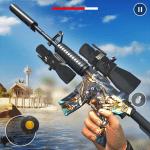

![Taffy Tales [v1.07.3a]](https://imgs.anofc.com/uploads/32/1719554710667e529623764.jpg)
